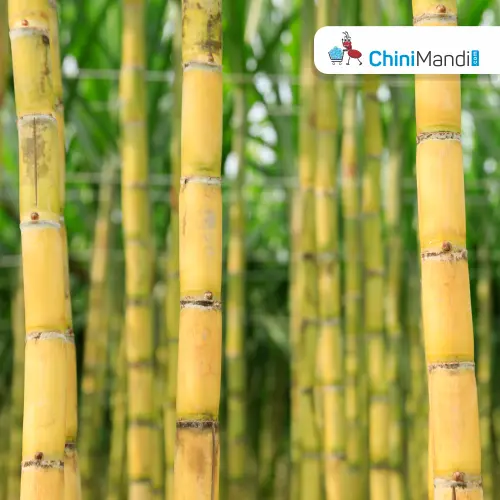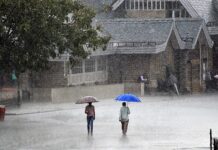Introduction:
Weather fluctuations, characterized by events such as droughts, floods, frost, hailstorms, and cyclones, pose a significant threat to sugarcane cultivation and the sugar industry. The adverse impacts include diminished cane yield, compromised quality, and increased production costs, endangering the sustainability of the industry and the livelihoods of farmers. To address this challenge, a comprehensive approach incorporating climate-smart agricultural practices, advanced forecasting systems, and supportive policy measures is essential.
Understanding Weather Menace:
Adopting Climate-Smart Agriculture Practices:
a. Variety Selection: Utilize drought-resistant and flood-tolerant sugarcane varieties to withstand extreme weather conditions.
b. Maturing Varieties: Employ a mix of early and late-maturing cane varieties to extend the harvest season and manage weather variations effectively.
c. Crop Diversity: Encourage intercropping and crop rotation to mitigate risks associated with unpredictable weather patterns.
d. Soil Management: Implement mulching, cover cropping, and soil conservation techniques to preserve moisture, prevent erosion, and enhance soil health.
e. Efficient Irrigation: Utilize drip irrigation and fertigation systems for optimized water and nutrient delivery to crops, minimizing the impact of water scarcity.
Weather Forecasting and Early Warning Systems:
a. Timely Information: Implement weather forecasting systems to provide farmers with real-time weather updates and forecasts.
b. Alert Mechanisms: Establish early warning systems to alert farmers about impending weather conditions, allowing for better planning and preparation.
Advanced Research and Development:
a. Technological Innovations: Invest in research to develop innovative technologies and practices resilient to weather challenges.
b. Improved Varieties: Develop and promote high-yielding, weather-resistant sugarcane varieties suitable for diverse climatic conditions.
Policy Measures for Mitigation:
a. Insurance Schemes: Strengthen crop insurance and disaster relief programs to offer financial support and compensation to affected farmers during weather-induced crop losses.
b. Government Support: Encourage government initiatives supporting weather-resilient agriculture and provide subsidies on climate-adaptive farming techniques.
c. Awareness and Training: Conduct farmer awareness programs and training sessions on climate-resilient agricultural practices and technological advancements.
d. Collaborative Efforts: Foster collaborations between government agencies, research institutions, and industry stakeholders for effective weather risk management.
Anticipated Benefits:
Implementing these strategies is expected to yield numerous benefits:
Resilience: Increased resilience to weather variations, reducing crop losses and ensuring stable cane availability.
Sustainability: Enhanced sustainability of the sugar industry and improved livelihoods for farmers.
Efficiency: Optimal resource utilization leading to increased efficiency and reduced production costs.
Innovation: Encouragement of innovative practices for sustainable agriculture in the face of climate change.
Conclusion:
By adopting a holistic approach that combines climate-smart agricultural practices, advanced forecasting systems, and supportive policy measures, the sugar industry can fortify itself against weather vagaries. This approach will not only ensure adequate cane availability but also contribute to the long-term sustainability of the industry and the well-being of its stakeholders.
Disclaimer: The views and opinions expressed in the article by Dilip Patil, Managing Director of Samarth SSK Ltd., are solely his own.












